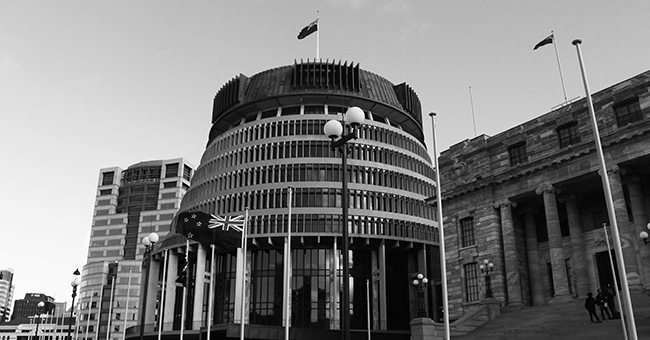“Valley of death” was the grim assessment for the residential construction industry by Master Builders Australia chief executive Denita Wawn, as she assessed the impact on demand caused by the pandemic early last year.
The shockwave of the pandemic hit every corner of an industry that every year generates more than $100bn, or about 5 per cent, of our annual economic output, while supporting the jobs of more than one million Australians.
This impact followed the understandable reaction of many homebuyers who pulled back from building a new home or undertaking a renovation in the uncertain early days of COVID.
Initial projections from the industry were that up to half a million workers in the construction industry could lose their jobs when the pipeline of construction work dried up in the second half of 2020.
In May, the Housing Industry Association’s New Home Sales Index dropped to its lowest level on record. A devastating outlook in unprecedented times.
To combat the dire effects of the pandemic, the Morrison government moved decisively to inject confidence and encourage buyers back into the market.
HomeBuilder was specifically designed to be that catalyst to bring forward demand and protect jobs across the sector. Results show it delivered for homebuyers and the industry, all while remaining true to the government’s principle that economic support should be temporary and targeted.
It is a welcome fact that more than 75,000 households have applied for a HomeBuilder grant, with 80 per cent of applications for construction of a new home.
The latest Treasury analysis shows that HomeBuilder – which provides grants of $25,000 for new home builds or home renovations above the value of $150,000 – is expected to support up to $18bn of residential construction projects.
The HIA’s New Home Sales Index shows sales in all jurisdictions have increased to more than offset the decline prior to HomeBuilder, with sales in the second half of 2020 62.4 per cent higher than in the previous six months.
In December, Master Builders Australia revised up its projections for new dwelling starts for 2020-21 from 124,000 to 160,000, with projections stable over the medium term – with the sharp drop in migration factored in. It also found the uplift in new dwellings driven by HomeBuilder was delivering positive effects across the broader economy given the interlinkage between residential building and other industries.
This is a phenomenal outcome for the industry and our economy. Put simply, our tradies are building Australia’s comeback from the COVID-19 recession. This is why the decision was taken to extend HomeBuilder until March 31, to lock in this momentum and ensure a steady pipeline of construction activity through to 2022.
Importantly, it is first-home buyers who are leading the comeback charge. Not only are they taking advantage of HomeBuilder, but also the additional 10,000 places under the successful First Home Loan Deposit Scheme, which enables first-home buyers to build a new home with a deposit of as little as 5 per cent.
In November, first-home buyers throughout the country continued to enter the market at the highest level since October 2009, with the number of owner-occupier first-home buyer loan commitments up 47.6 per cent from the same time last year.
This is reinforced by NAB analysis that shows its lending to first-home buyers increased by 21 per cent against its 12-month average, with regional areas across the nation recording a 44 per cent increase in first-home buyer activity.
Encouraging and supporting home ownership has been an article of faith for Liberal governments extending back to Sir Robert Menzies. This will remain a key priority of the Morrison government as we build our comeback from the COVID-19 recession.








